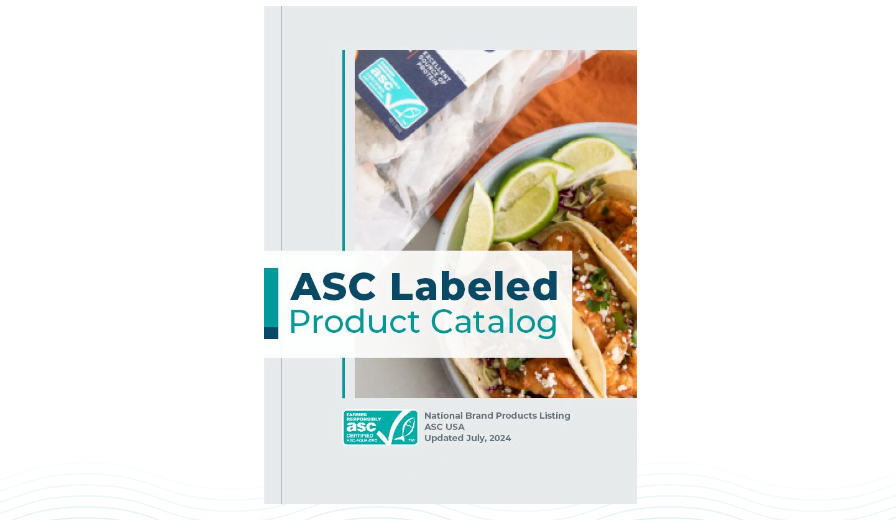Why Restaurant Demand For Smaller Fish Fillets Is Bad News For Oceans

Why Restaurant Demand For Smaller Fish Fillets Is Bad News For Oceans
By Alastair Bland, NPR
Bigger isn’t necessarily better when it comes to catching, selling and eating fish.
For certain snappers, in fact, a market preference for plate-size whole fillets is driving fishermen to target smaller fish. For some wild fish populations, this is a recipe for collapse.
“The preferred size of a fillet in the U.S. market corresponds to juvenile fish that haven’t had a chance to reproduce,” says conservation biologist Peter Mous, director of the Nature Conservancy’s Indonesia Fisheries Conservation Program. “A lot of species here are heavily overfished, and this demand for small fillets is making things worse.”
Of particular concern for conservationists are such species as Malabar snapper. Mous says this fish becomes sexually mature at four pounds and can grow as large as 29 pounds — but global restaurant and retail markets prefer to buy it at two pounds and as small as one pound.
“For a large species like giant ruby snapper, the differences are even more extreme,” Mous wrote in an email. “The trade buys them at 1 lb., but they only become adults at 9 lbs., while [they] can grow to 73 lbs.”
The Indonesian snapper fishery, which Mous has been studying since the late 1990s, focuses on numerous species in several genera. The reproductive patterns and growth rates of these fish vary widely, but with virtually all species, the market prefers what are essentially baby fish. He says many snapper species have already been depleted…






